Aichrison is a succulent plant belonging to the family Crassulaceae. The genus of plants has only 15 species, 5 of which are cultivated in indoor floriculture. Among the representatives of the genus can be found both annual and perennial herbaceous plants.
There are also shrubs. The tree of love, as the Aichrison is also called, is a very common indoor plant. Looking at this exotic flower, you might think that it consists of hundreds of hearts tightly adjacent to each other. Often it is confused with a money tree, but these are completely different species.
Content
The story of growing and signs about the tree of love
In the natural environment, plants are found in such places:
- Canary Islands;
- Azores;
- Morocco;
- Madeira
- Portugal.
This plant is very popular among gardeners. The people call it the Tree of Love. This name was given to the flower due to the unusual shape of leaves resembling hearts.
Aichrison is associated with a large number of signs, the essence of which is as follows:
- This plant is a litmus test of family well-being. It is believed that the flower responds to "weather in the house." If everything is well in the family, love and mutual understanding reign at home, the orchid grows and blooms. In families where scandals and showdowns constantly occur, the flower withers and dies. Therefore, in some countries it is customary to give aichrison to weddings.
- Advisor for single people. Aichrison loves his master or mistress very much. Therefore, when a pretender to the master's heart appears in the house, the plant suggests the degree of worthiness of the candidate. If a flower considers a new person to be good, he will begin to dissolve new leaves. If a bad person appears in the house, the plant wilts and gets sick.
There is also a sign that the plant attracts material well-being. But this only applies to flowers purchased for money. Aichrison donated does not attract wealth. Therefore, many people receiving a flower as a gift give a couple of kopecks for it.
Indoor plant characteristics and species diversity
Indoor trees have both common features and specific species differences. In indoor floriculture, such types of ahichrison are grown:
- Home.
- Winding.
- Clear-leaved.
- Loose (open).
- Point.
The decorative value of each species is represented by leaves.
General information
The root system is poorly developed. Stems are straight, prone to branching. Shoots can have a brownish or green color. They rarely lignify. In most species, the stems are pubescent.
The leaves are fleshy, small, or medium in size. The surface of the plates of most species has a thick edge. Views without edges are distinguished by the sticky surface of the leaf plates. The leaf shape is often diamond-shaped, but there are species with club-shaped plates. The color of the leaves is mainly represented by shades of green. There is a variegated look.
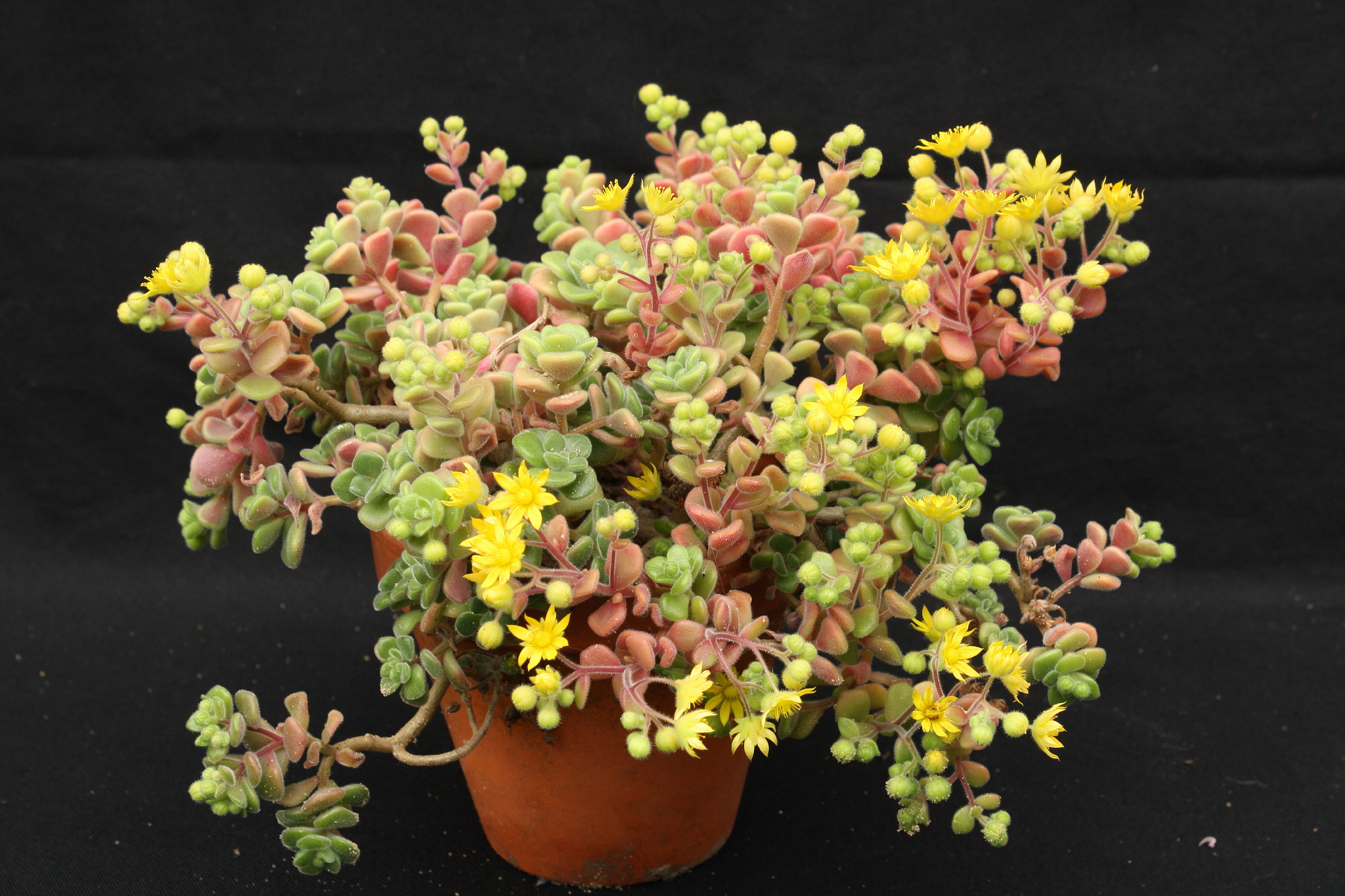
Flowering occurs in the spring and lasts at least two months. Some species can bloom for six months.The flowers are small, star-shaped. They gather in racemose or paniculate inflorescences.
Aichrison home
Domestic Aichrozones are low-growing shrubs up to 30 cm in height. The leaves are small, rhomboid, slightly pubescent. Fleshy plates, dark green. This species is characterized by a long flowering period: up to six months. The plant blooms with fragrant flowers with bright yellow petals. Representatives of this species can be given a standard form.
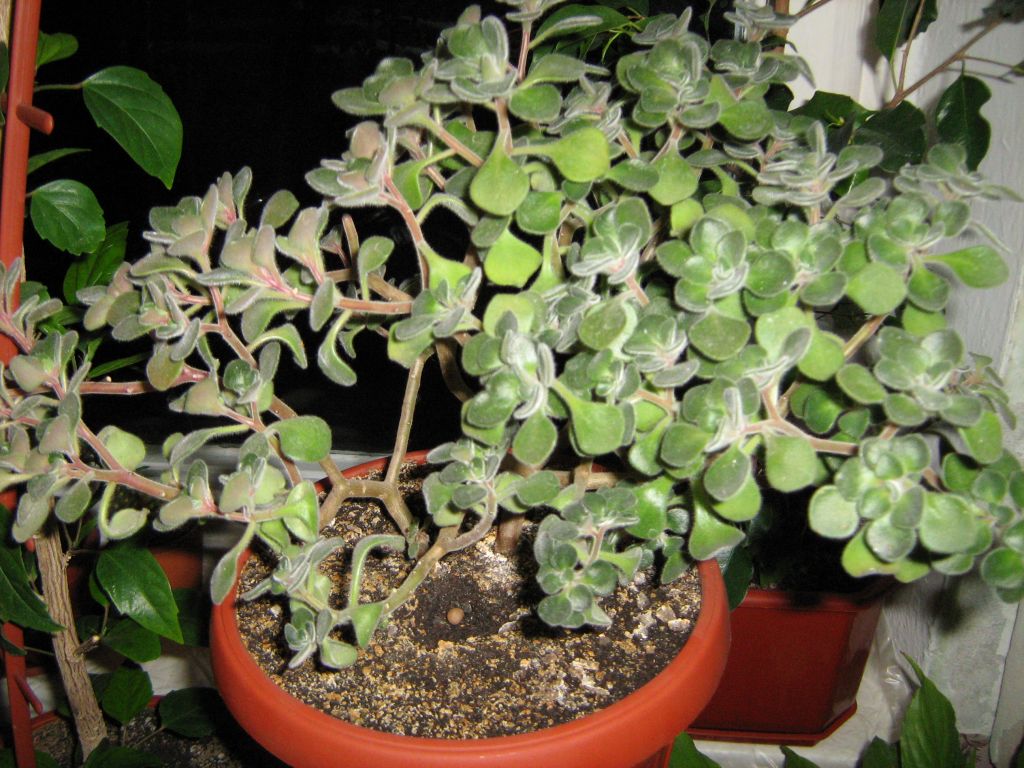
Winding
Aikhrizon Sinuous can be called a dwarf species. Bushes reach 15, maximum 30 cm in height. Differs in densely planted fleshy leaves. The shape of the plates is diamond-shaped, the color is light green with a bluish tint. On the surface of the leaves there are thick white villi.
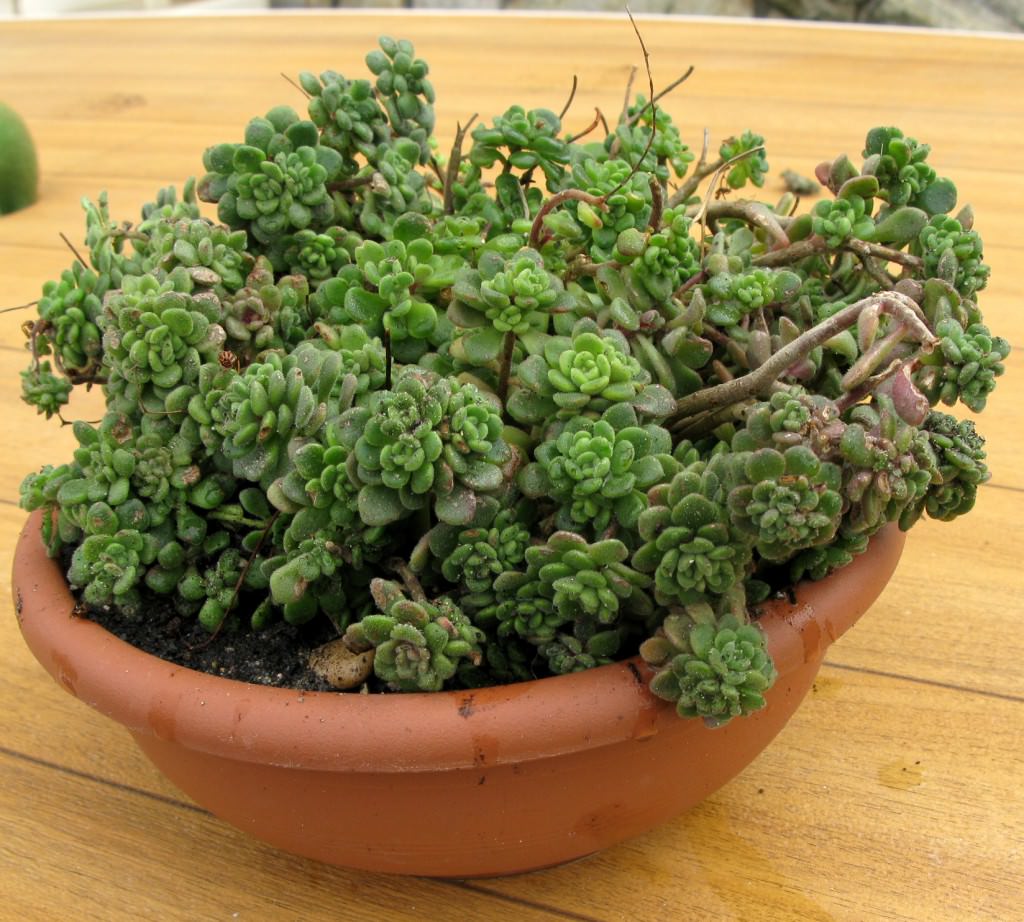
Clear-leaved
Aichrison Ochistolistny is a dense shrub with many thin straight shoots. The leaves are club-shaped, collected by rosettes. The surface of the plates is sticky. The color of the plates is represented by a combination of two colors: on a light green background there are pronounced red stripes and blotches. The leaves are fleshy, but not pubescent. The flowers are large, with golden petals. The clear-leaved species is characterized by a partial loss of leaves during a dormant state.
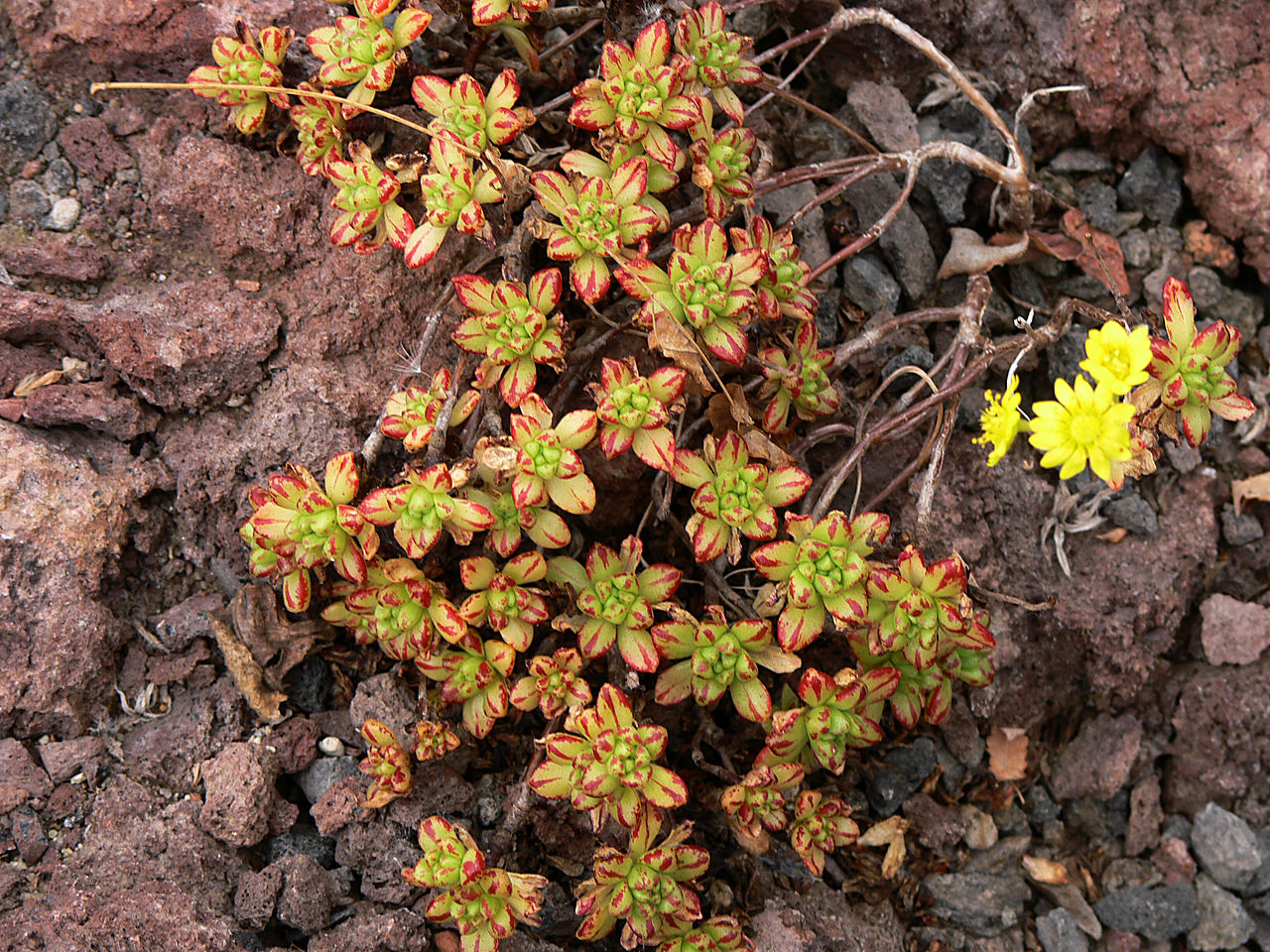
Loose, or outstretched
Shrubs grow up to 40 cm. The leaves are diamond-shaped, pubescent, have a bright green color. Golden flowers are collected in racemose inflorescences. After flowering, may discard part of the leaves.
Spot
Representatives of the Dotted Species are herbaceous plants. They differ in half-elongated elongated shoots of brown or dark green color. There is an edge on the shoots. The leaves are diamond-shaped, fleshy, small. They are painted bright green. In this species, the leaves are less pubescent than the stems. The flowers are bright yellow, star-shaped, collected in inflorescences.
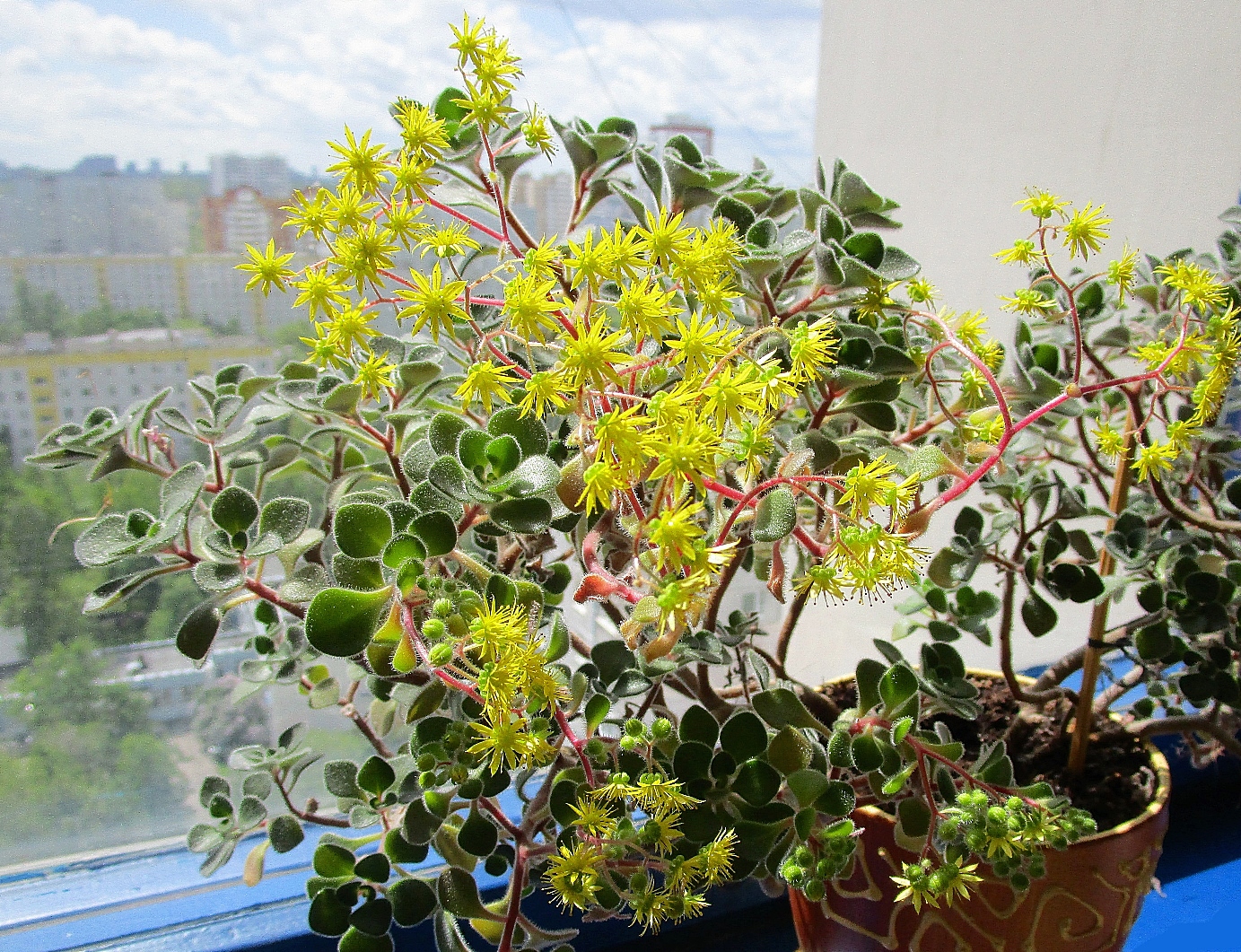
Features of growing a tree of love at home
Growing a tree of love at home is not difficult. Difficulties can arise only if the recommendations for caring for a houseplant are not followed.
Lighting
A flower needs a lot of light, but the action of the direct sun is destructive for it. Therefore, the plant is grown under conditions of a large amount of diffused light. The window sills at windows facing west or east are considered the best place to place a flower pot. On the south side, aichrison is shaded with curtains or placed not on the windowsill, but in the immediate vicinity of the window. On the north side, the plant will need additional lighting.
From a lack of lighting, the plant bares and draws shoots, thereby losing its decorative value. Exposure to direct sunlight leaves burns on the leaves, as a result of which the leaves fall off.
Temperature and humidity
During active growth, Aichrison feels comfortable at temperatures ranging from 18 ° C to 28 ° C. In autumn, the temperature is reduced to 10 ° C. In this case, the transition should be smooth. Sudden jumps in temperature can turn into stress for the flower.
Aichrison is not picky about air humidity. Unlike many other indoor plants, it does not need additional hydration. In summer, when the air is very dry, it can be sprayed or put under a warm shower.
Watering and feeding
During the growing season, the flower needs regular, but moderate watering. It is produced as the topsoil dries. Some experts recommend watering the plant after half the soil has dried.This feature is explained by hypersensitivity of Aichrison to waterlogging of the substrate.
In winter, the flower is watered even less often. It is advisable to develop an individual scheme. To do this, it is worth observing the leaves of the plant: as soon as they begin to lose turgor (become sluggish) - you need to water. Waterlogging during rest threatens the development of root rot.
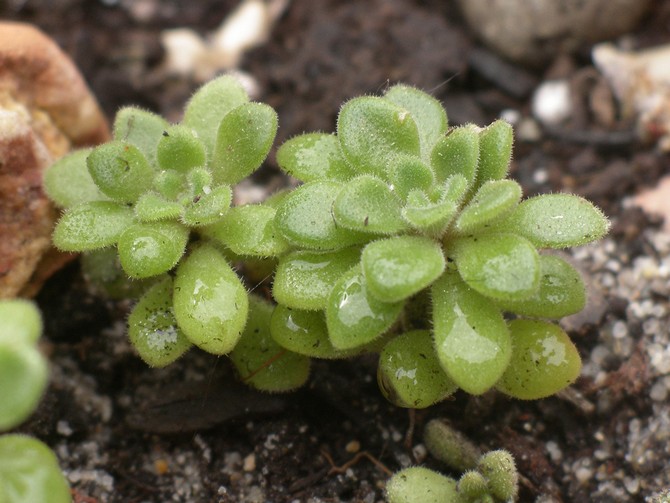
Fertilizer flower is carried out in the spring and summer. Mineral fertilizers for succulent plants are used for feeding. The frequency and dosage of feed is determined according to the instructions for the drug. Fertilizers for Aichrison should have a low nitrogen content.
Pruning and pinching
Trimming and pinching procedures are carried out for several reasons:
- Pinch. Necessary measure. It is carried out throughout the entire growing season. Pinch young shoots in order to provoke branching and provide greater decorativeness.
- Pruning wilted flowers. Also a must. It is carried out after flowering. Faded inflorescences must be removed to ensure normal air exchange and disease prevention.

Flower pruning - Resuscitation of a flower. In the absence of proper care, the plant stretches the stems and discards the leaves. The stems themselves at the base begin to dry out. The only way to save the flower is to trim the live shoots with the aim of their further rooting.
Some gardeners got used to growing a tree of love as a standard plant. To do this, they cut off all the side shoots and by pinching form a beautiful crown.
Diseases, pests and methods of dealing with them
All flower diseases arise as a result of improper care. The most common are the following diseases:
- Root rot. It occurs due to waterlogging of the soil. It is manifested by the drying of the ground organs of the plant. There are all signs of decay on the roots. The fight against the disease involves the removal of all parts of the flower damaged by rot, followed by repeated treatment with fungicide preparations.
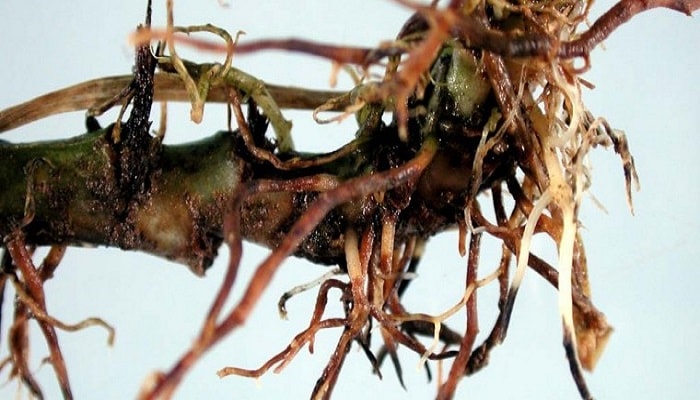
Root rot - White swelling. The cause of the occurrence is waterlogging of air and soil. The main symptom of the disease is the appearance on the leaves of whitish blisters with subsequent deformation of the plates. As a rule, the plant is able to independently overcome the disease, provided that proper care is organized. Heavily affected leaves fall away themselves.
Errors in the care of Aichrison can also provoke infection with scabies, spider mites, nematodes, and mealybugs. You can save a flower from pests with the help of insecticidal preparations.
Propagation and transplantation of a houseplant at home
There are two ways to propagate a flower: cuttings and seeds. Cutting involves the following actions:
- The apical shoots are cut off from the mother bush and left to dry for a couple of hours.
- The container is filled with a mixture of sand and vermiculite.
The dried cuttings are placed in the moist soil of the container. The cut should be in the soil.
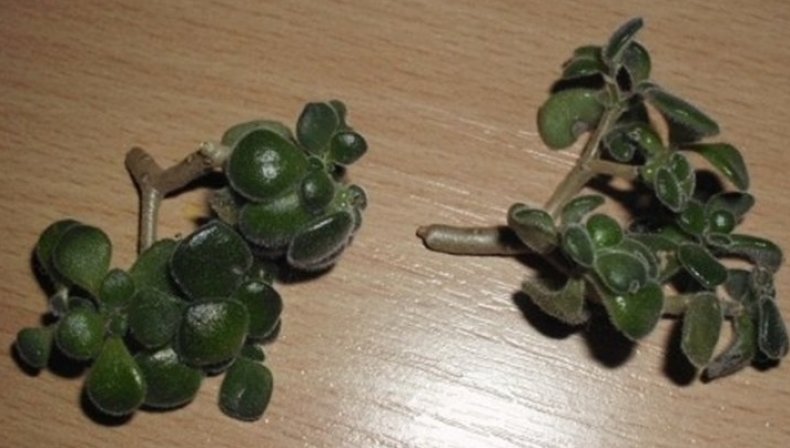
When the stalk takes root, it is transplanted into a separate pot. The optimal diameter of the neck is 7 cm. As a soil, a mixture of sand, turf and sheet earth in equal proportions is used. Cuttings also take root well in sand, a substrate for succulents or in water with charcoal.
You can get achichrison from seeds in this way:
- the container is filled with a mixture of sheet soil and sand (1: 0.5);
- seeds are sown in the moist soil of the container;
- the container is covered with glass on top.
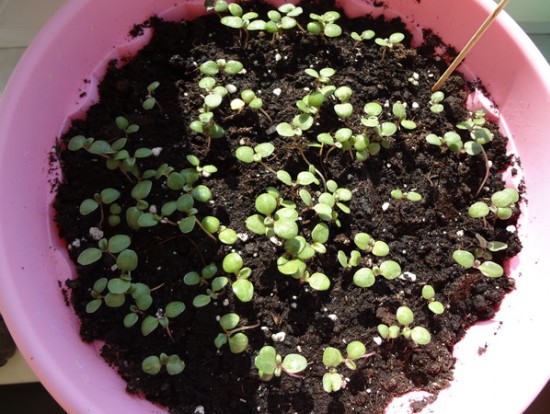
Seeds are aired daily. The soil is moistened as it dries. The first sprouts appear after 2 weeks. Fortified aichrison with two or three leaves is transplanted in the same way as rooted cuttings.
The transplant is carried out annually. It is advisable to do this in the spring. Adult flowers are well suited for succulents.You can prepare the soil yourself by mixing the following components:
- turf land (1/2);
- sheet earth (1/4);
- sand (1/4).
The pot should not be deep, otherwise the plant will put all its strength into the development of the root system. The presence of drainage holes is required. Experts recommend using pots made of breathable materials. These include clay, unprocessed ceramics. Flowerpots from the above materials prevent the development of root rot.
Common tree growing questions
Aikhrizon can not be called a demanding plant, but the assumption of negligence in care can lead to illness and death of the flower. A large number of good signs are associated with the cultivation of this culture.

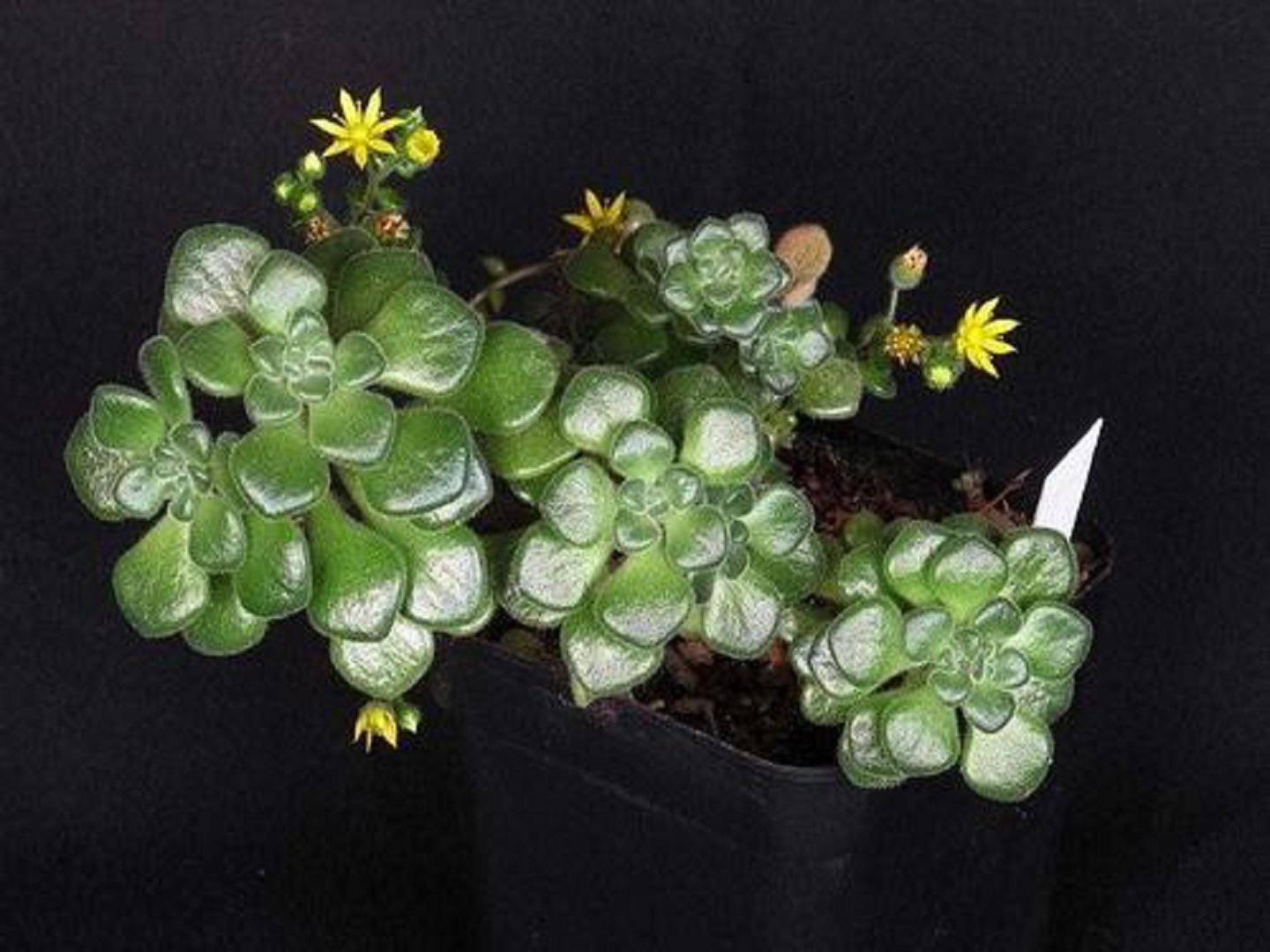
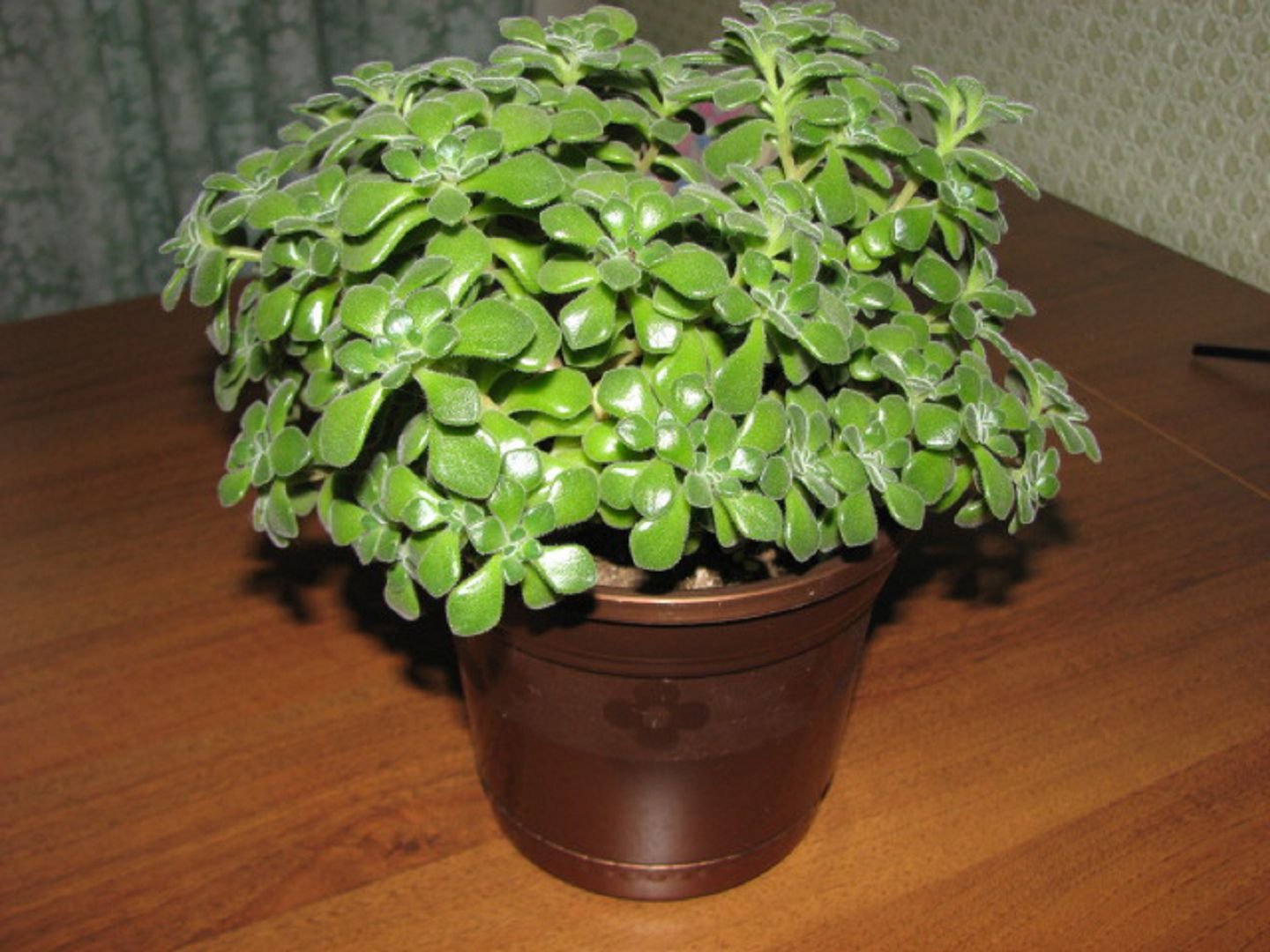
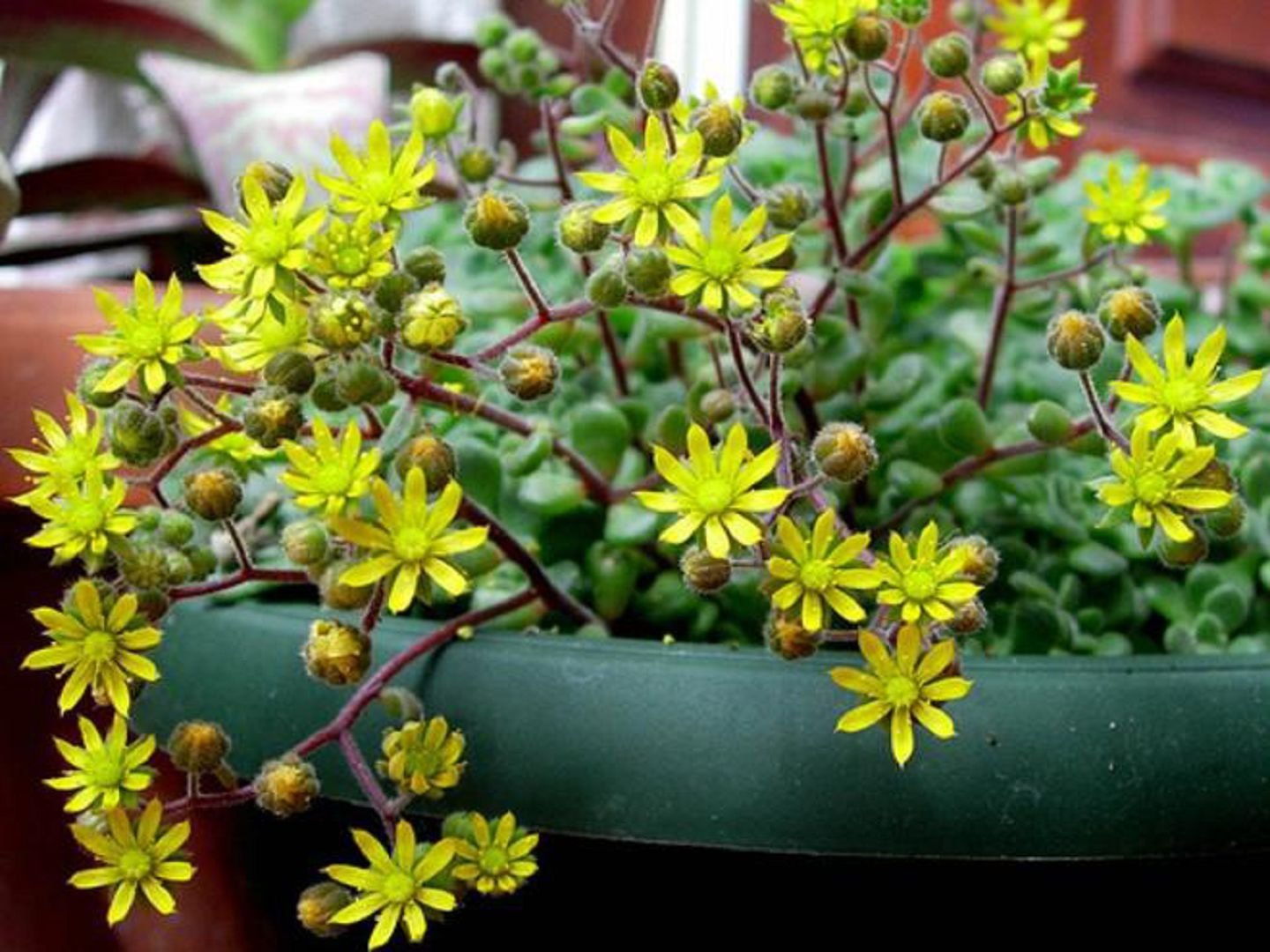
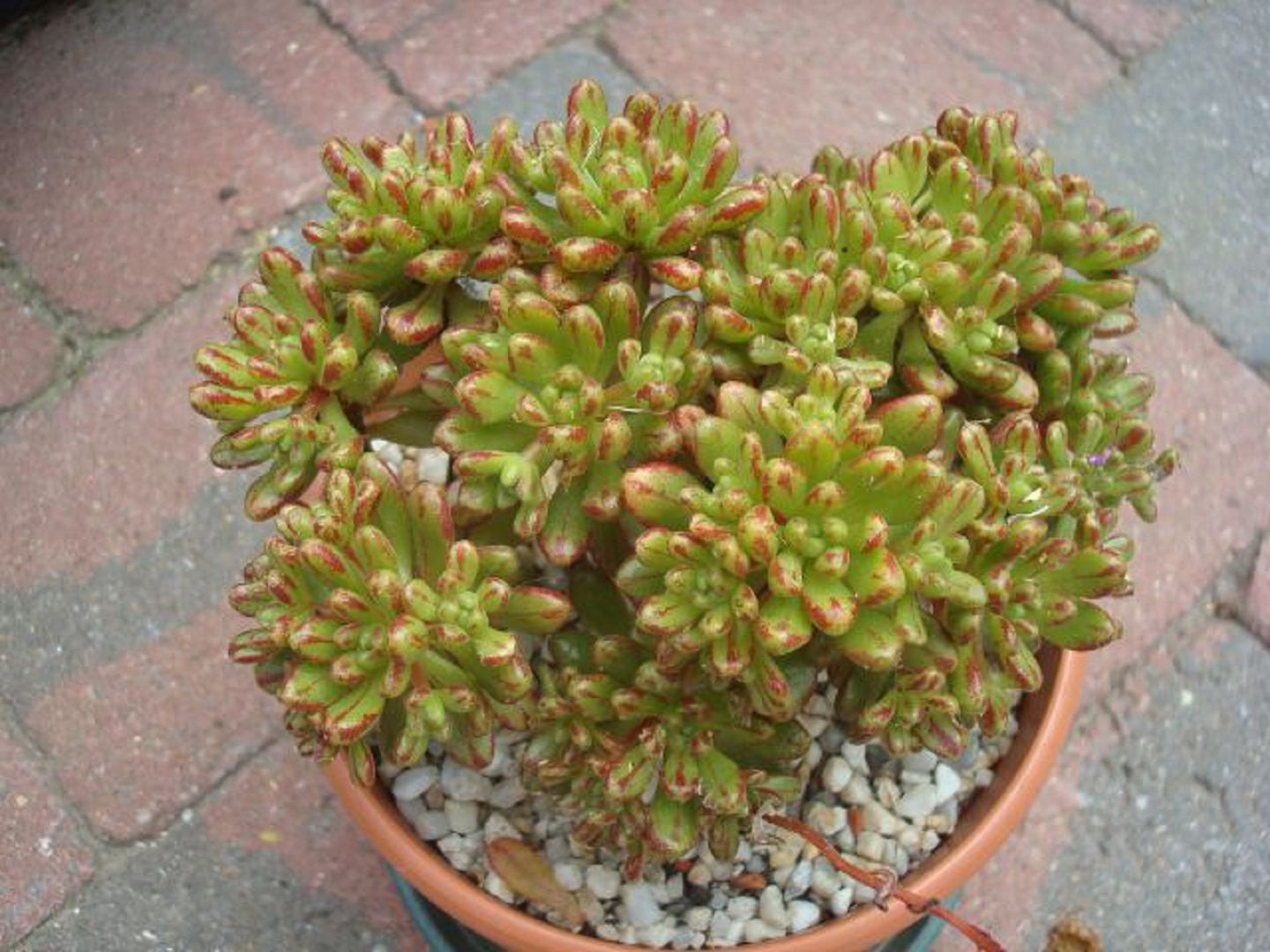
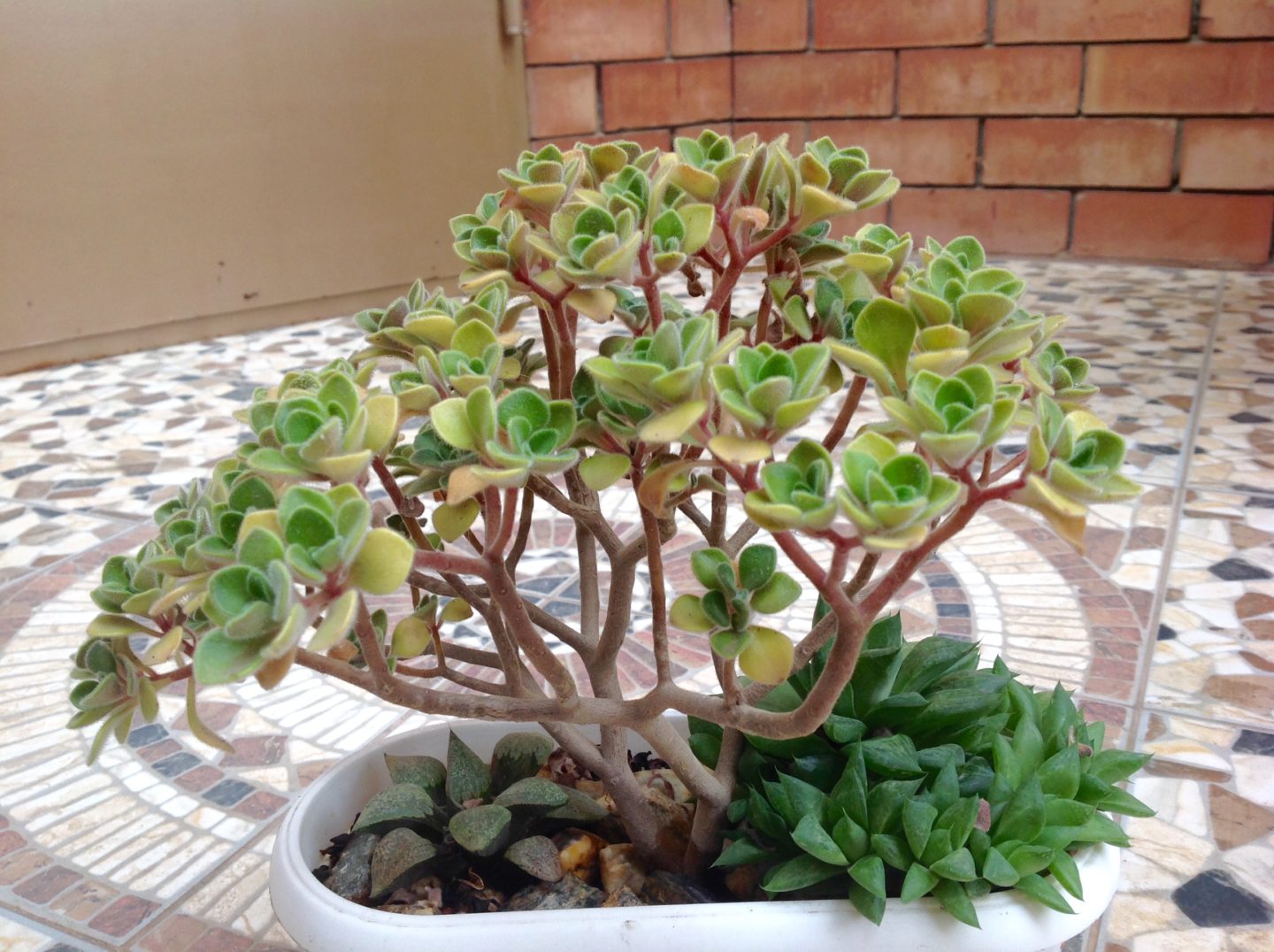
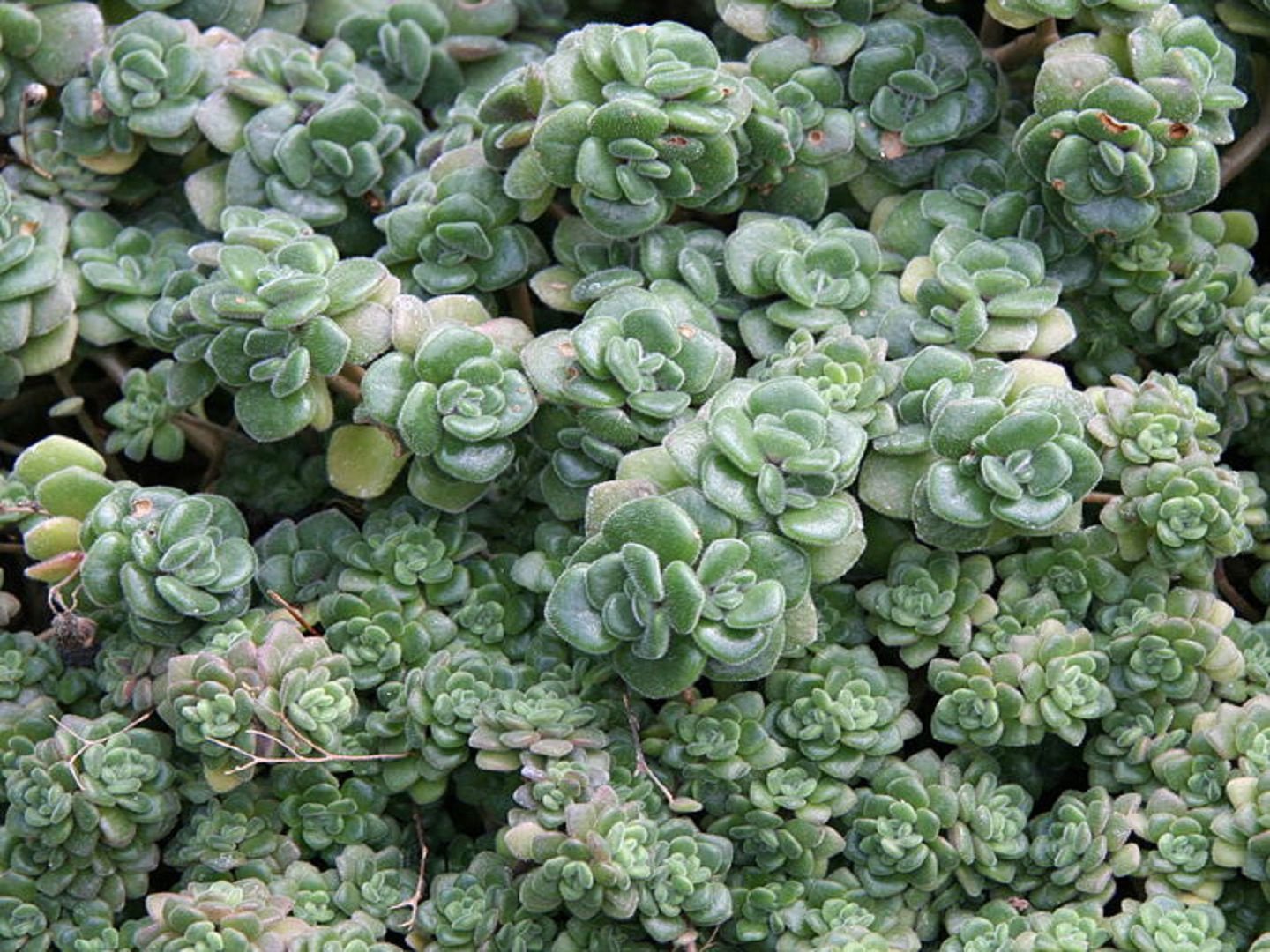



 10 beautiful annuals that bloom all summer
10 beautiful annuals that bloom all summer Sow in the ground, without seedlings: 10 beautiful and unpretentious flowers
Sow in the ground, without seedlings: 10 beautiful and unpretentious flowers Platicodon planting and outdoor care
Platicodon planting and outdoor care Hosta - planting and care in the open ground in the Urals
Hosta - planting and care in the open ground in the Urals